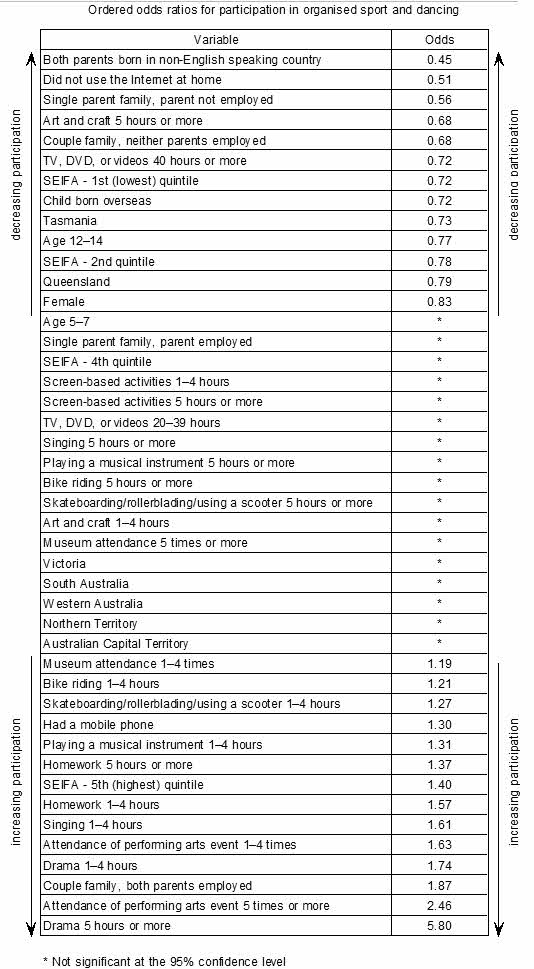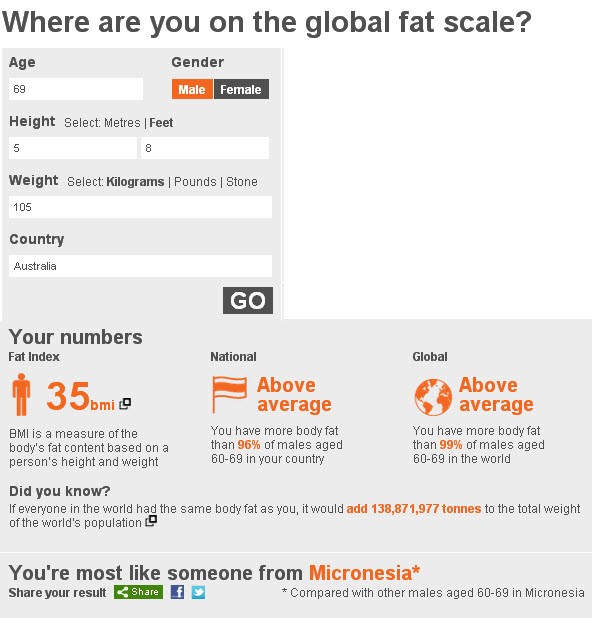Active children can be nerds. Busy kids are the most active kids when it comes to participating in sports finds the Australian Bureau of Statistics. And the “busyness” can be artistic or come from being most likely to do homework.
The latest issue of the ABS’s Perspectives on Sport finds that the participation of children in organised sport and dancing increased from 67% in 2000 to 70% in 2009.
Children aged eight to 11 had the highest participation rate in 2009, with 71% participating in organised sport and dancing. The lowest participation rate was among children aged five to seven (64%).
Busy kids are also the most active. Children who participated in extra-curricular activities were more likely to be physically active. Of the 126,700 children who participated in drama activities in 2009-10, 87% were also involved in organised sport or dancing.
Putting the nerd stereotype to rest, 71% of children who did homework were also involved in sports compared to only 56% of students who did not do homework activities.

From its survey results the ABS identifies a number of groups of children who are less likely to participate and/or participate for as long or as frequently, relative to the typical (or base case) child:
- Children outside of the 8-11 years age group are less active in organised sport and dancing than the children within the age group.
- Girls are less likely to be as active in organised sport and dancing as boys.
- Children from families with unemployed parents are less active in organised sport and dancing than children from families with employed parents.
- Children in the two lowest SEIFA ( Socio-Economic Indexes for Areas — a set of four indexes used to classify geographic areas and reflect the socio-economic conditions of the people living in those areas) quintiles are less likely to be as active in organised sport and dancing as children in the middle and upper quintiles.
- Children born overseas and children with both parents born in a non-main English speaking country are less likely to participate as actively in organised sport and dancing as Australian born children with at least one parent born in a main English-speaking country.
- Children who spend over five hours per fortnight watching television, DVDs or videos or taking part in other screen based activities are less likely to be as active in organised sport and dancing than those who spend less than five hours per fortnight.
- Children who take part in art and craft were less likely to be active in organised sport and dancing as children who do not take part in art and craft.
If the world was more like me. Well for one thing it would be 138,871,977 tonnes heavier. That’s the depressing conclusion that the BBC’s new Global fat scale calculator reached after I subjected myself to the test:

If only it really meant I was built like Mal Meninga!
Dust bowl refugees. More than a third of the counties in the United States have been issued a natural disaster declaration by the US Agriculture Department as the country’s hot, dry summer continues.

Which in a kind of way is appropriate I suppose for tomorrow, 14 July, is the 100th anniversary of the birth of Woody Guthrie.
Some news and views noted along the way:








Most of the entries in the table can be related to the degree of advantage or disadvantage that applies to the child’s family. Some are pretty direct, like employment status, single parenthood or SEIFA, others less so (e.g. poor people don’t go to performing arts events). Some may be cultural but may also be related to degree of advantage (e.g. born overseas). All in all, the table seems to be showing that sports or dance participation for children is strongly correlated to social advantage. Not surprising, since it can be expensive.